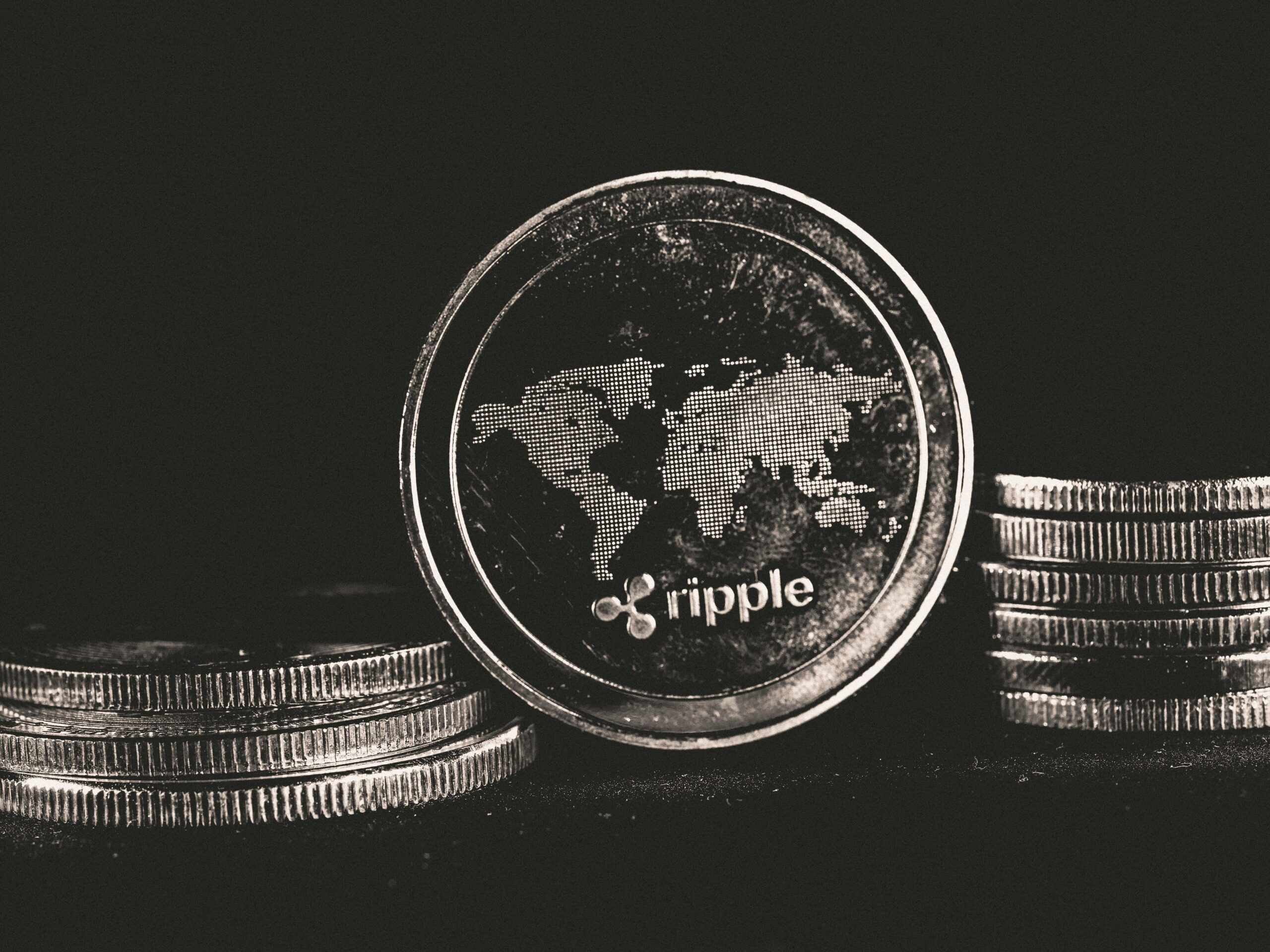
XRP, the native cryptocurrency of the Ripple Network, occupies a unique position in the crypto market as a bridge currency designed for fast, low-cost cross-border payments. Unlike Bitcoin (digital gold) or Ethereum (programmable money), XRP functions primarily as a liquidity tool for financial institutions.
1. XRP’s Commodity Characteristics
A. Utility as a Payment Rail
-
Cross-Border Transactions: Banks and payment providers (e.g., Santander, MoneyGram) use XRP for instant settlements.
-
Liquidity Solution: Acts as an intermediary asset in Ripple’s On-Demand Liquidity (ODL) system.
-
Low Fees: Transactions cost fractions of a cent (vs. traditional SWIFT fees).
B. Supply & Distribution
-
Fixed Supply: 100 billion XRP created at launch (no mining).
-
Escrow System: Ripple releases ~1B XRP monthly (controlled supply inflation).
-
Circulating Supply: ~54B XRP (as of 2024).
C. Regulatory Status
-
SEC Lawsuit (2020-2023): Initially deemed a security, but July 2023 court ruling declared XRP itself is not a security when sold to retail.
-
Global Classification:
-
Japan & UAE: Treated as a crypto asset.
-
EU (MiCA): Classified under digital payment tokens.
-
2. XRP’s Market Dynamics
A. Trading & Liquidity
| Market | Key Players | 24h Volume (2024) |
|---|---|---|
| Spot Exchanges | Binance, Bybit, Kraken | $1B–$2B |
| Derivatives | BitMEX, Deribit | $500M–$1B |
| OTC Markets | Used by institutions | $200M+ (estimated) |
B. Price Determinants
-
Ripple’s Partnerships: Adoption by banks/FIs drives demand.
-
SEC Legal Clarity: Positive rulings boost investor confidence.
-
Macro Crypto Trends: Often follows Bitcoin’s market cycles.
-
Supply Releases: Monthly escrow unlocks can create selling pressure.
C. Historical Price Performance
-
2017 Bull Run: Peaked at $3.30 (speculative frenzy).
-
2021 Rally: Reached $1.96 (SEC case uncertainty capped gains).
-
2024 Range: $0.40–$0.70 (post-lawsuit stability).
3. XRP vs. Other Crypto Commodities
| Feature | XRP | Bitcoin (BTC) | Ethereum (ETH) |
|---|---|---|---|
| Primary Use | Cross-border payments | Digital gold | Smart contracts |
| Supply | 100B (fixed) | 21M (hard cap) | ~120M (deflationary) |
| Transaction Speed | 3-5 sec | 10 min–1 hour | 15 sec–5 min |
| Regulatory Risk | Medium (SEC case) | Low (commodity) | Medium (SEC scrutiny) |
4. Risks & Challenges
A. Regulatory Uncertainty
-
SEC Appeal Risk: Potential for renewed legal battles.
-
Global Compliance: Some countries restrict XRP usage.
B. Adoption Barriers
-
Bank Reluctance: Many still prefer traditional systems.
-
Competition: Stablecoins (USDT, USDC) challenge XRP’s utility.
C. Centralization Concerns
-
Ripple’s Control: Holds ~50B XRP in escrow (supply influence).
-
Validator Concentration: Fewer nodes than Bitcoin/ETH.
5. Future Outlook (2024–2030)
A. Bullish Factors
✔ Ripple IPO Potential: Could boost XRP’s legitimacy.
✔ CBDC Integration: Central banks may use XRP for interoperability.
✔ Emerging Market Demand: Remittance corridors (Africa, LatAm).
B. Price Scenarios
-
Bull Case ($3–$5): Mass adoption in banking + ETF approval.
-
Base Case ($1–$2): Steady growth in ODL usage.
-
Bear Case ($0.20–$0.50): Regulatory setbacks or crypto winter.
C. Investment Strategies
-
Long-Term Hold: Bet on Ripple’s banking adoption.
-
Swing Trading: Capitalize on SEC news cycles.
-
Staking Alternatives: Some platforms offer XRP yield.
Conclusion
XRP is a hybrid commodity-asset, functioning both as a payment utility and speculative crypto. Its future hinges on:
-
Regulatory clarity (SEC final rulings).
-
Banking adoption (Ripple’s ODL expansion).
-
Macro crypto trends (Bitcoin ETF spillover effects).
